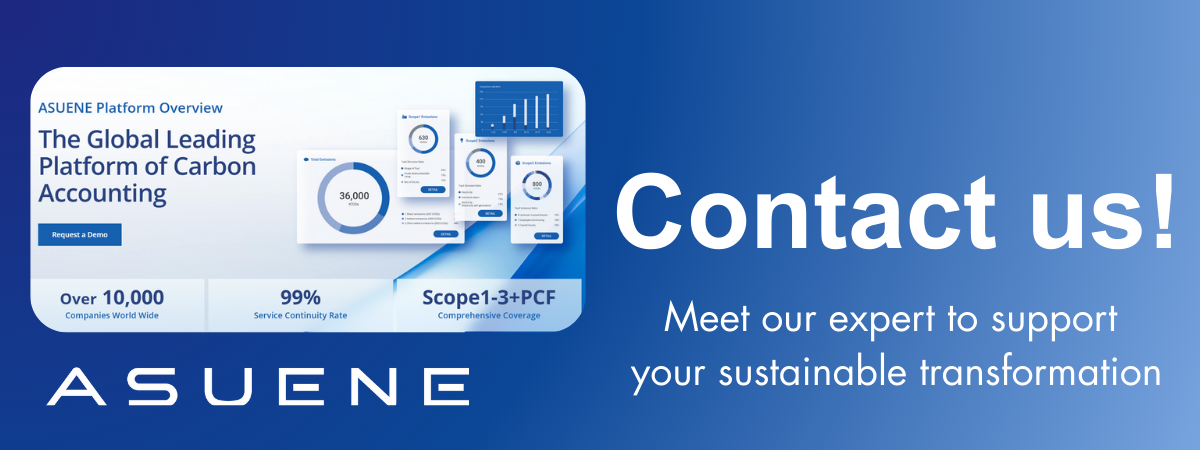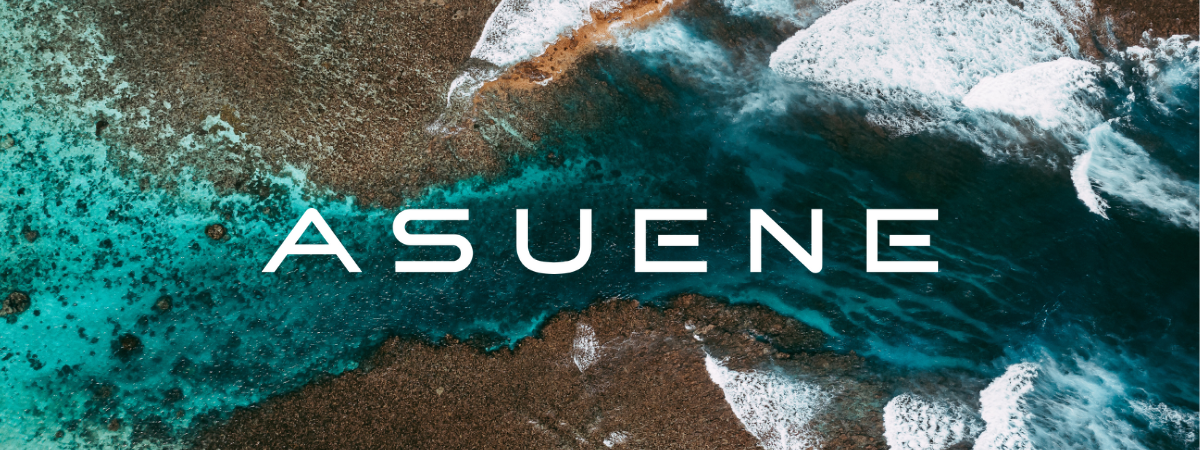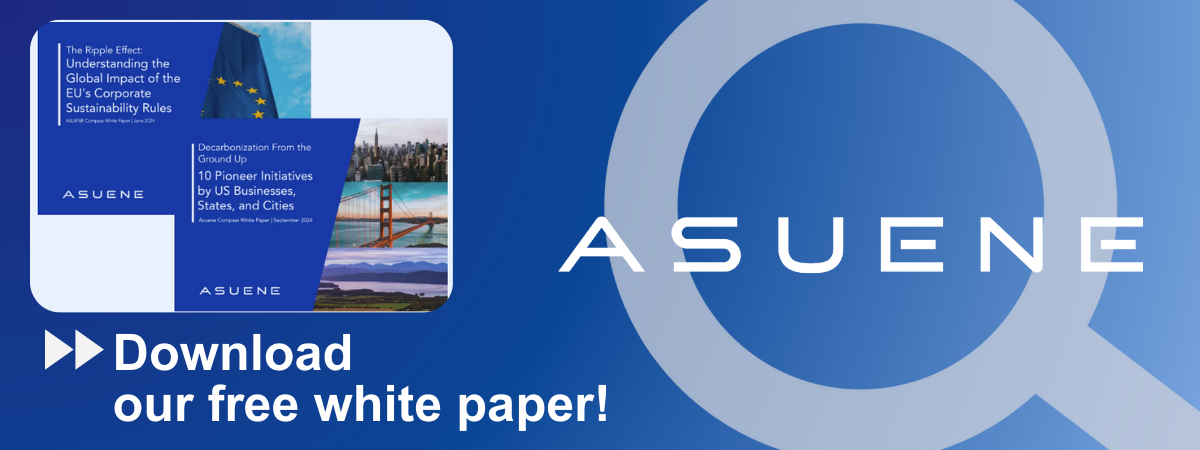- Article Summary
-
Introduction
Climate-related scenario analysis has become a cornerstone of corporate climate risk management and disclosure. As recommended by the Task Force on Climate-related Financial Disclosures (TCFD), scenario analysis enables companies to explore and understand the potential impacts of climate-related risks and opportunities under various plausible future states. However, implementing scenario analysis effectively remains challenging due to the technical complexity, lack of standardized approaches, and evolving regulatory expectations.
This article provides a practical guide to conducting climate-related scenario analysis, including key frameworks, available tools, and leading practices that can help organizations develop meaningful insights and strengthen their ESG disclosures.
Core Principles of Climate Scenario Analysis
Scenario analysis involves assessing the resilience of an organization’s strategy under different climate futures. The TCFD encourages companies to use at least two scenarios: one aligned with a high-emissions future (e.g., 3°C or more) and one with strong mitigation (e.g., 1.5°C–2°C).
Key principles include:
- Plausibility: Scenarios must reflect realistic narratives based on existing science or policy.
- Diversity: Use a range of assumptions to capture different transition and physical risks.
- Quantification: Link scenario outputs to financial metrics such as revenue, capital expenditure, and asset impairment.
- Transparency: Clearly disclose methodologies, assumptions, and limitations.
The objective is not to predict the future but to prepare for it. Scenarios provide a structured way to test business resilience under uncertainty.
Major Scenario Frameworks and Their Use Cases
Organizations can draw from several established climate scenarios developed by global institutions. Each has distinct strengths and use cases:
- IEA Scenarios (e.g., NZE, STEPS): Useful for energy-intensive sectors and policy-based transition modeling.
- NGFS Scenarios: Widely adopted by financial institutions for macroeconomic and sectoral climate risk stress testing.
- IPCC RCP/SSP Frameworks: Offer detailed scientific pathways for physical climate impacts and socio-economic narratives.
- REMIND, GCAM, MESSAGE: Integrated Assessment Models (IAMs) for academic and advanced policy simulations.

Figure 1: Overview of Major Climate Scenario Frameworks
| Framework | Use Case | Maintained By |
|---|---|---|
| IEA | Transition pathways, energy mix | International Energy Agency |
| NGFS | Financial risk, policy shocks | Network for Greening the Financial System |
| IPCC SSPs | Physical impacts, socioeconomic | IPCC |
| REMIND | Emissions modeling, IAMs | Potsdam Institute |
Tools for Scenario-Based Risk Assessment
To operationalize scenario analysis, companies are increasingly turning to digital tools and platforms that model risk exposure and financial impact. Common categories include:
- Physical Risk Tools:
- WRI Aqueduct, Climate Central, Four Twenty Seven: Assess asset-level exposure to floods, heatwaves, hurricanes.
- Transition Risk Tools:
- Carbon Delta, Ortec Finance, PACTA: Model policy and market shocks across climate transition pathways.
- Integrated Platforms:
- Cervest, ClimateIQ, S&P Climate Credit Analytics: Combine both physical and transition risk with financial metrics.
Figure 2: Sample Outputs from Scenario Tools (Qualitative to Quantitative)
| Tool | Output Type | Scope |
| Aqueduct | Risk maps, exposure scores | Physical risk |
| PACTA | Portfolio alignment | Transition risk |
| S&P Analytics | Balance sheet impacts | Combined |
Practical Steps for Implementation
- Select Relevant Scenarios: Choose scenarios aligned with the company’s sector and geography.
- Define Time Horizons: Typically near (2030), mid (2040), and long-term (2050).
- Map Value Chain Exposure: Identify where and how the company is exposed to risks.
- Quantify Impacts: Use financial modeling to assess revenue, opex, capex sensitivity.
- Engage Stakeholders: Collaborate across sustainability, finance, and strategy teams.
- Integrate with TCFD Reporting: Document scenario assumptions, results, and implications.
Figure 3: Scenario Analysis Process Map

- Scenario Selection → 2. Exposure Mapping → 3. Quantification → 4. Decision Use → 5. Disclosure
Conclusion
Effective climate scenario analysis enables companies to make informed strategic choices and communicate climate resilience to investors and regulators. While the process can be complex, it is increasingly essential as regulatory mandates tighten and stakeholders demand greater transparency. By leveraging structured frameworks, advanced tools, and cross-functional collaboration, organizations can transform scenario analysis from a compliance task into a powerful driver of risk preparedness and strategic advantage.
Why Work with ASUENE Inc.?
Asuene is a key player in carbon accounting, offering a comprehensive platform that measures, reduces, and reports emissions, including Scope 1-3, with expertise in decarbonization. Asuene serves over 10,000 clients worldwide, providing an all-in-one solution that integrates GHG accounting, ESG supply chain management, a Carbon Credit exchange platform, and third-party verification.
ASUENE supports companies in achieving net-zero goals through advanced technology, consulting services, and an extensive network.


